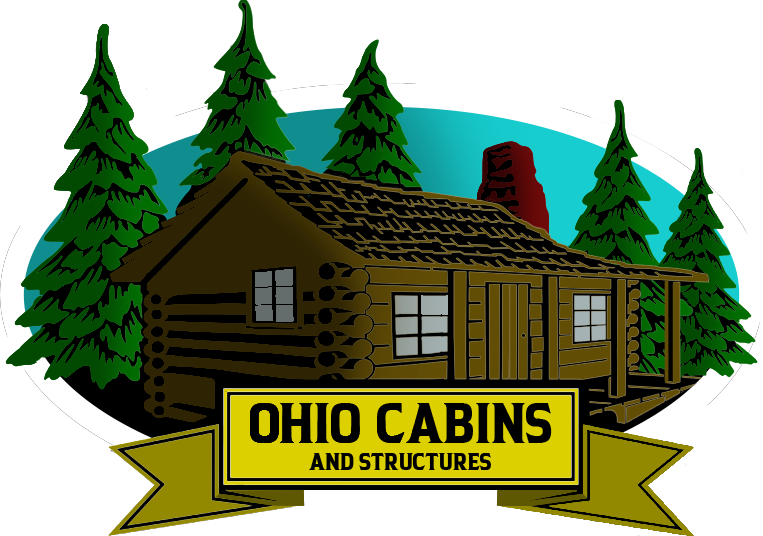Modular homes have become increasingly popular among homeowners looking for quality, efficiency, and affordability. Built in sections inside controlled factory environments, these homes are transported to their permanent locations and assembled on-site. But with their unique construction process, many people still wonder, are modular homes safe? The short answer is yes. When properly built and installed, modular homes are just as safe, if not safer, than traditional stick-built houses. Here’s why they’re trusted for strength, safety, and long-term reliability.
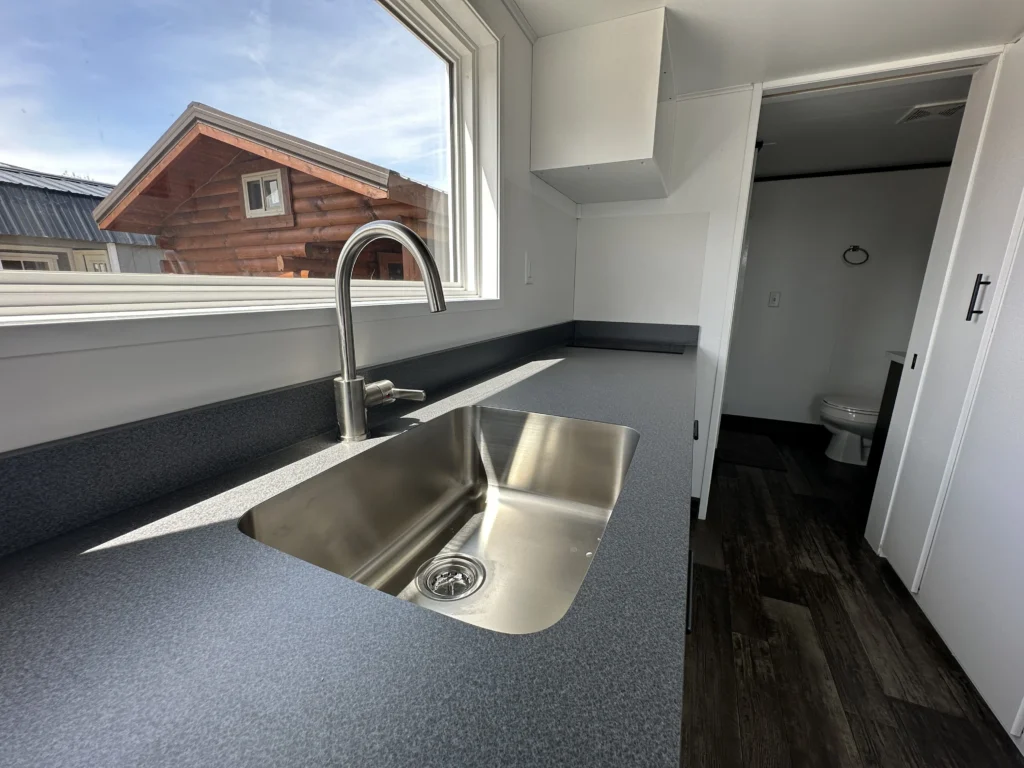
Modular Home Construction
Modular homes are built in climate-controlled factories using precise manufacturing techniques. Each section, or module, is constructed with the same materials found in traditional homes, wood framing, insulation, drywall, roofing, and electrical systems. Because the building process occurs indoors, materials are never exposed to rain, wind, or fluctuating temperatures. This prevents warping, mold, or other issues that can compromise structural integrity. Once completed, modules are transported to the building site and joined together on a permanent foundation, creating a durable and secure structure.
Safety Standards and Building Codes
One of the most reassuring aspects of modular construction is that homes must meet the same state and local building codes as site-built houses. In fact, the standards are often higher. Modular builders undergo multiple inspections throughout the construction process, both in the factory and on-site. Each module must pass quality assurance checks for structural strength, electrical systems, plumbing, and energy efficiency. This ensures every component meets code before assembly. Local inspectors also verify the finished home complies with all safety regulations before issuing final approval.
Strength Through Factory Precision
Unlike traditional homes built outdoors, modular homes are assembled using precise tools and equipment under consistent conditions. Each module is engineered to withstand transport to the site, which requires greater structural strength than standard construction. The walls, floors, and ceilings are reinforced to prevent damage during lifting and transit. Once the modules are connected and secured on the foundation, the resulting structure is extremely solid. This added strength often makes modular homes more resilient against strong winds and environmental stress.
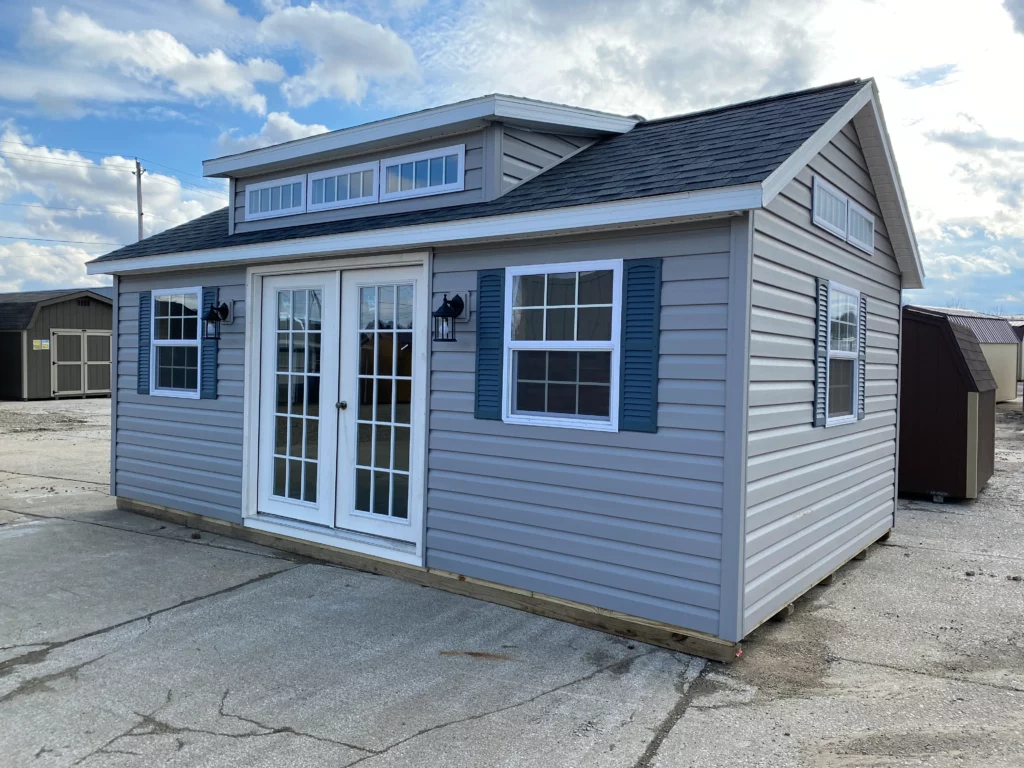
Performance in Extreme Weather
Modular homes are tested to withstand various weather conditions, including high winds, heavy snow, and even hurricanes. According to studies from the Federal Emergency Management Agency (FEMA), properly constructed modular homes perform as well or better than conventional housing during extreme weather events. The tight factory assembly process reduces gaps where air or moisture can enter, helping protect against water damage and drafts. When placed on a strong foundation, modular homes offer stability comparable to traditional structures built entirely on-site.
Fire Safety
Fire safety is another area where modular homes meet or exceed code requirements. Because they use the same materials as stick-built houses, such as fire-rated drywall and insulation, they provide similar protection. Modular construction also benefits from factory oversight, which ensures wiring and electrical components are installed correctly. Builders follow strict protocols that reduce fire risks caused by faulty wiring or inconsistent workmanship. When combined with smoke detectors and sprinkler systems, modular homes provide a high level of safety for occupants.
Foundation Strength and Installation
While modular homes are built off-site, they are never temporary structures. Each one is installed on a permanent foundation, either a full basement, crawl space, or slab. The strength of this foundation determines the stability of the home. Proper anchoring and sealing ensure the modules fit together securely, preventing shifting or settling. A strong foundation also enhances resistance to earthquakes and flooding. As long as the installation follows engineering specifications, modular homes perform exceptionally well under stress.
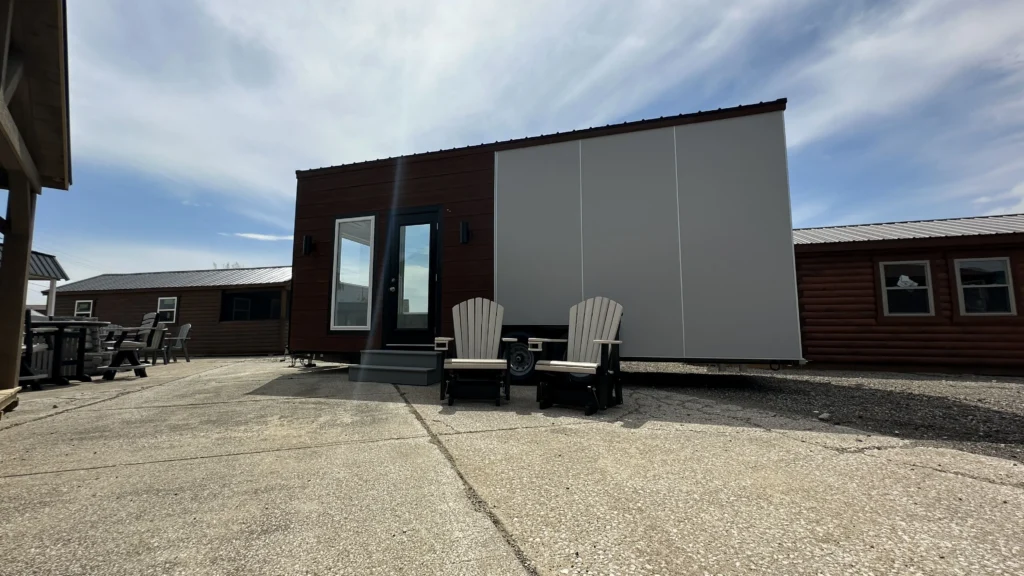
Wind and Structural Ratings
Each modular home is designed to meet specific wind and structural load ratings based on its location. In coastal or high-wind zones, builders use reinforced framing and secure connections that exceed minimum code requirements. Roofs are anchored with steel straps, and walls are fastened using precision-engineered bolts and adhesives. These details contribute to a stronger overall structure that maintains integrity even under heavy stress. Many modular homes outperform conventional homes in both pressure tests and real-world storms.
Energy Efficiency and Indoor Safety
Safety also extends to indoor air quality and energy performance. Because modular homes are built in sealed environments, they’re designed with precise insulation and ventilation systems. The result is a home that maintains consistent temperatures while minimizing drafts and moisture buildup. Low-VOC materials and proper ventilation systems improve air quality, reducing health risks associated with traditional construction. In addition to safety, this efficiency helps lower monthly utility bills and supports a more comfortable living environment year-round.
Earthquake Resistance
In regions where earthquakes are a concern, modular homes have shown impressive resilience. Their box-like modular structure allows forces to distribute evenly across the home instead of concentrating in weak spots. The interlocking design between modules adds extra rigidity. When installed on a reinforced foundation with proper anchoring, modular homes can meet or exceed seismic safety standards. This level of stability gives homeowners peace of mind in areas prone to ground movement.
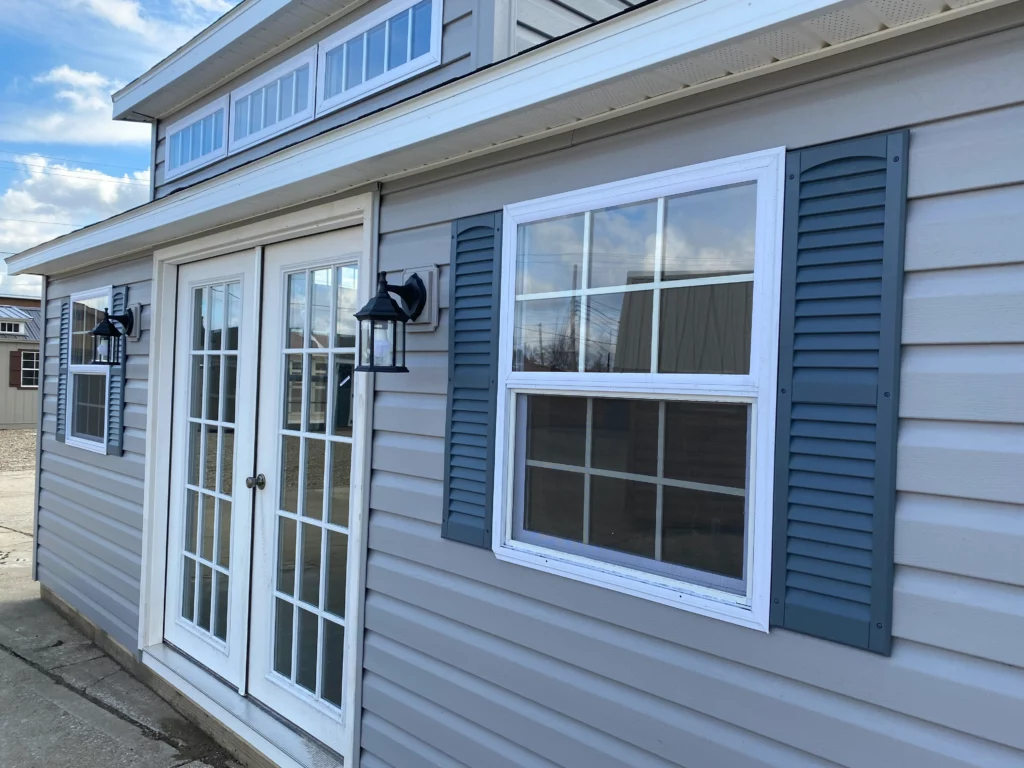
Fire, Water, and Pest Resistance
Modular homes are built using treated lumber and moisture-resistant materials to prevent pest damage and mold. Sealed seams and factory-applied coatings keep out water, while tight construction reduces the likelihood of insect infestations. Many modular builders also use advanced insulation products that resist both fire and moisture. These materials help extend the home’s lifespan while keeping maintenance costs low.
Maintenance and Long-Term Durability
Safety doesn’t end when the home is built. Regular maintenance, such as inspecting roofing, gutters, and caulking, ensures long-term performance. Modular homes are designed for decades of use, often lasting as long as traditional homes or longer. When built and installed correctly, they can stand up to harsh weather, resist shifting, and maintain value for generations. The same care applied to any home, such as managing drainage and maintaining the foundation, ensures continued safety and comfort.
Common Misconceptions
One of the biggest myths about modular homes is that they are similar to mobile or manufactured homes. In reality, modular homes follow entirely different construction and safety standards. They are permanent structures that must meet local building codes. Unlike mobile homes, modular houses are placed on fixed foundations and appreciate in value like site-built homes. Confusing the two leads to misunderstandings about safety and quality, but the differences are clear once construction standards are compared.
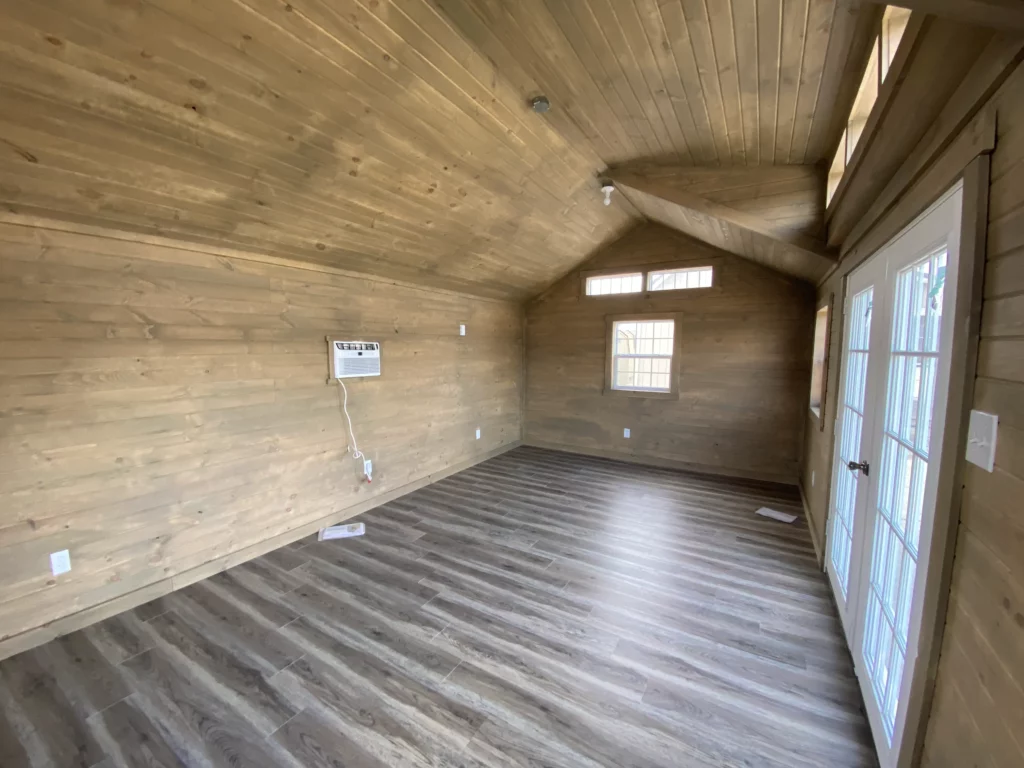
Modern Modular Homes and Innovation
Today’s modular homes include cutting-edge materials and smart technology that enhance safety. Advanced roofing systems, hurricane ties, impact-resistant windows, and reinforced frames make these homes adaptable to diverse climates. Builders also use computer modeling to ensure precision during manufacturing, minimizing errors that could compromise safety. Modular homes combine craftsmanship with innovation, offering an affordable way to own a structure built to last.
Conclusion
So, are modular homes safe? Absolutely. Their design, materials, and construction process meet the same safety requirements as traditional homes, often exceeding them. With strong foundations, durable framing, and quality inspections at every step, modular homes offer long-term security for families. They perform exceptionally well against weather, fire, and structural stress, proving that modern modular construction is both reliable and resilient.
If you’re interested in learning more about modular building standards and customization options, visit Ohio Cabins and Structures. You can also explore how these homes are made in our guide on what is a modular building. For questions or project planning, reach out through our contact page and speak with our expert team today.
